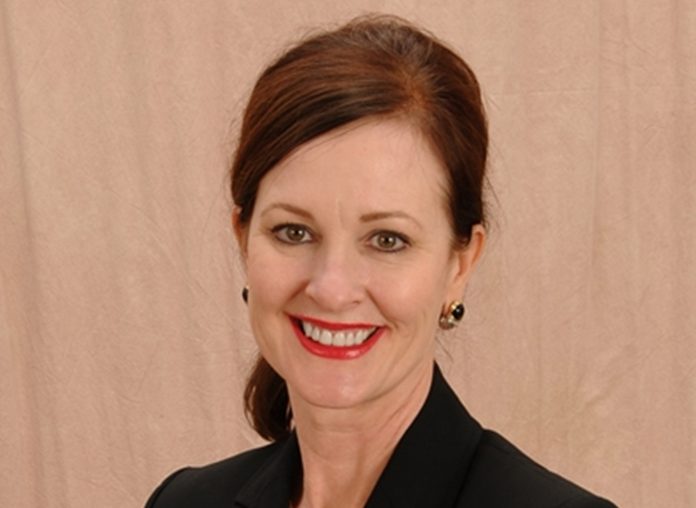by Mike Lee
Staff Writer
At 56, Robin L. Byford, CPA, CFP, is senior vice president – wealth management advisor at Merrill Lynch, Pierce, Fenner & Smith, Inc. in Oklahoma City.
She works with clients of all ages but seniors come to her with a variety of questions. She counsels seniors on making their resources last as long as possible and helps them decide what’s best for them.
A CPA for 34 years, Byford says her No. 1 piece of advice she would give to seniors is to be in the house they want and to have it paid off or almost paid off before going into retirement.
“What we have found just by observation in our practice is that you need to … start landing the plane at age 60,” Byford said. “Because every day after that is almost a gift.”
Byford said by this time the odds of either you or your spouse having a health event are drastically increasing. The odds increase exponentially if you are fortunate enough to have a living parent.
“All of those things will keep you from working full-time,” Byford said.”
About 90 percent of seniors plan to continue living in their own homes for the next five to 10 years, according to an AARP survey. The Centers for Disease Control and Prevention define “aging in place” as being able to live in one’s home and community safely, independently and comfortably – regardless of age, income or ability level.
The Oklahoma Society of Certified Public Accountants recommends addressing four questions to make independent living a more workable reality.
Question No. 1: What really matters to you?
Don’t get hung up on the term “aging in place.” If you want to continue enjoying the people and activities you love, it may not be necessary to remain in the same residence. As a first step in your planning, list what’s important to you in your current lifestyle and the things you wouldn’t mind changing. While selling the family home can be an emotional decision, it may be the best choice if a smaller place is easier to maintain, closer to family and a money saver that could allow you to travel.
Question No. 2: Will your current home accommodate your needs?
It’s important to determine if your current home will still be a good fit if you have problems with mobility or health as you get older. Features that make homes more comfortable for older people include bedrooms and bathrooms that are located on the entry level; few, if any, steps in the doorways or throughout the home; and entryways that are wide enough to accommodate wheelchairs. Conduct an informal assessment of your home to decide if it’s accessible now or if some remodeling projects could be in order.
Question No. 3: What would renovation cost?
If you don’t think your home will remain easily accessible as you age, consider potential renovation expenses. A MetLife study cited renovation costs at $800 to $1,200 for widening a doorway; roughly $500 for the installation of two bathroom grab bars; and $3,500 to $35,000 for a variety of bathroom improvements – including better lighting and handicap accessible showers, tub seats and sinks. If remodeling seems too costly or complicated, you can downsize homes or change to a location that’s easier to navigate and still remain independent. There may even be other benefits to moving into a different home or neighborhood. For example, a new place in a populous area may give you easier access to social activities.
Question No. 4: Do I have a good support system?
Either now or later, you may need to rely on others to care for you or help with everyday tasks. It will be easier to remain relatively independent if you live near family or friends, home health care providers, doctors and medical facilities. Your planning should include a local support system that meets your changing needs. As part of this effort, investigate local community and government resources, in addition to geriatric care managers. For more eldercare tips and locations, visit www.eldercare.gov and read “Your 1st Step to Finding Resources for Older Adults.”














